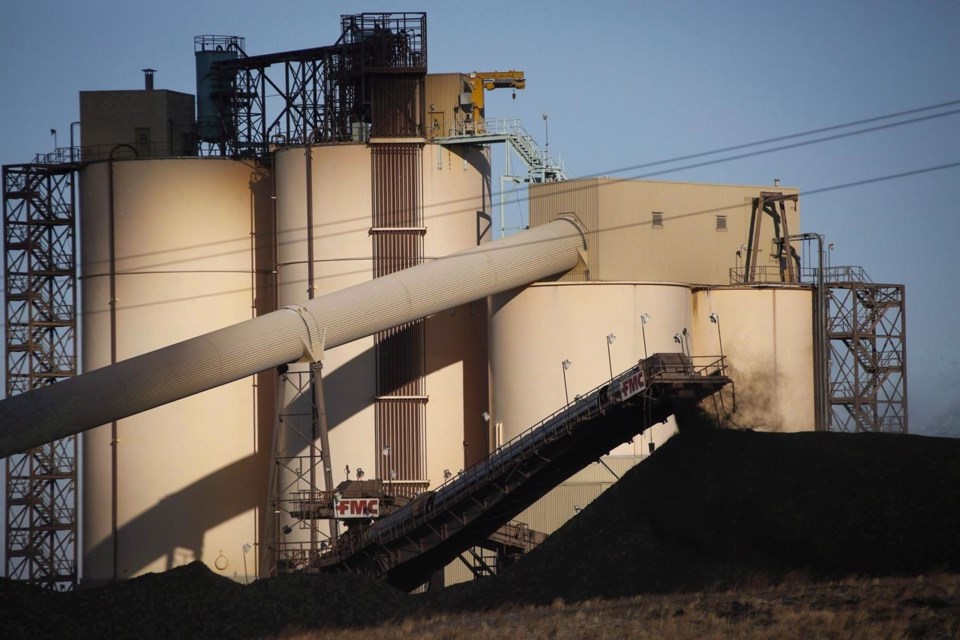EDMONTON — An environmental group is calling for stronger action from Alberta's energy regulator after it announced heavy rain had caused flooding and excessive surface run-off at energy sites, including coal mines.
The Alberta Energy Regulator posted on its website Tuesday that some coal mines in the Hinton and Grande Cache areas reported wastewater being discharged into the environment. It said the mixture of surface run-off and sediment was above approved water-quality limits and from unauthorized sources.
"There have been no reported impacts to public safety," the statement said.Â
The regulator said the rain along the eastern slopes of the Rockies was easing off, but that it would continue to monitor the situation across the province and respond to other situations at energy sites as they arise.
However, the Canadian Parks and Wilderness Society said it's alarmed that the regulator hasn't provided more details about the environmental effects of the spills, including what was in the wastewater, potential contaminants or even the exact locations.
The regulator's dashboard shows one of this week's spills occurred Monday at CST Coal. It was a release of wastewater from a settling pond into the Smoky River.
A second spill happened Tuesday at Prairie Mines and Royalty near Robb, Alta., where wastewater was released into the Lovett and Erith rivers and Chance Creek.
Both postings said the emergency phase is over, but the regulator deferred comment Friday on any effects to the companies involved.
Westmoreland Mining, which owns Prairie Mines and Royalty, said in a statement that the release of surface water at both the Coal Valley and Obed mines was due to "an unusually intense rain event that overwhelmed the entire region and exceeded the water control capacity of the mines — which were designed, and subsequently approved by AER, to handle a 100-year storm event."
It added that the water was surface run-off and did not contain any chemicals or other substances that would adversely affect the environment.
Gillian Chow-Fraser of the Canadian Parks and Wilderness Society, said the latest spills raise concerns.
"There have been so many incidents of that happening so far this year across mines across the province at both coal mines and oilsands mines," she said Friday in an interview. "It's very clear that we're putting a lot of stress on these rivers and these watersheds that so many people depend on."
Chow-Fraser said she expected more information from the regulator, particularly since coal mines can have harmful contaminants.
"There can be selenium in there, which is poisonous to fish, which can be harmful to wildlife and the water," she said. "The makeup of that wastewater is really important to understand what are the environmental risks."
She said the regulator also needs to do more to prevent similar spills in the future.
"It's obvious that infrastructure needs to improve to buffer against these extreme weather events, which we know are going to increase with climate change," she said.Â
"There needs to be more regulatory oversight to understand why these discharges keep happening and how we are going to stop them."
Chow-Fraser said she would also like to see improved environmental monitoring downstream of the spills as they continue to happen.
A months-long leak of industrial wastewater from an Imperial Oil oilsands mine site was revealed earlier this year. It was followed by another 5.3 million litres of wastewater that escaped from a containment pond, which prompted the regulator to issue an environmental protection order.
This report by The Canadian Press was first published June 23, 2023.
— By Colette Derworiz in Calgary.
The Canadian Press




